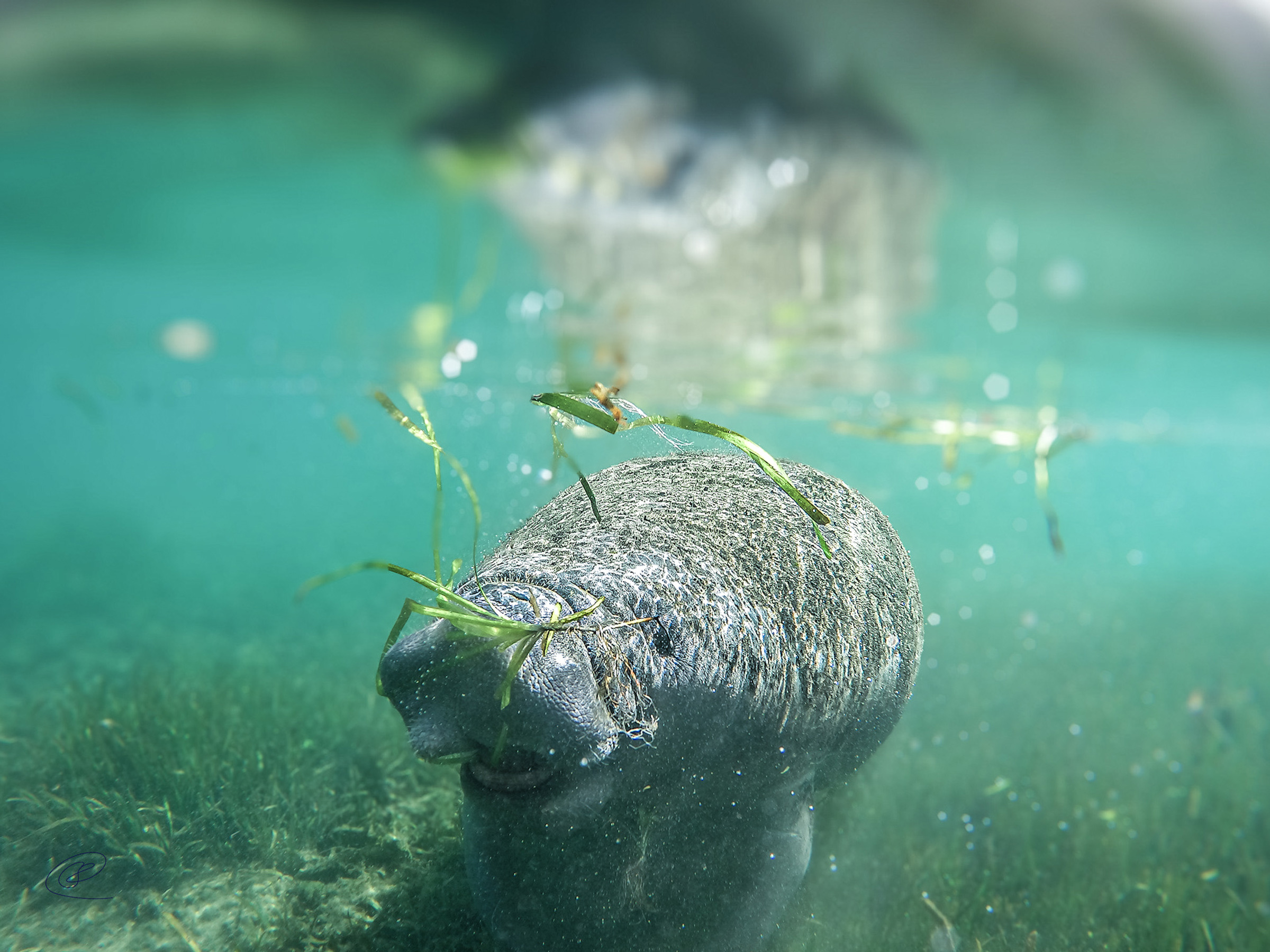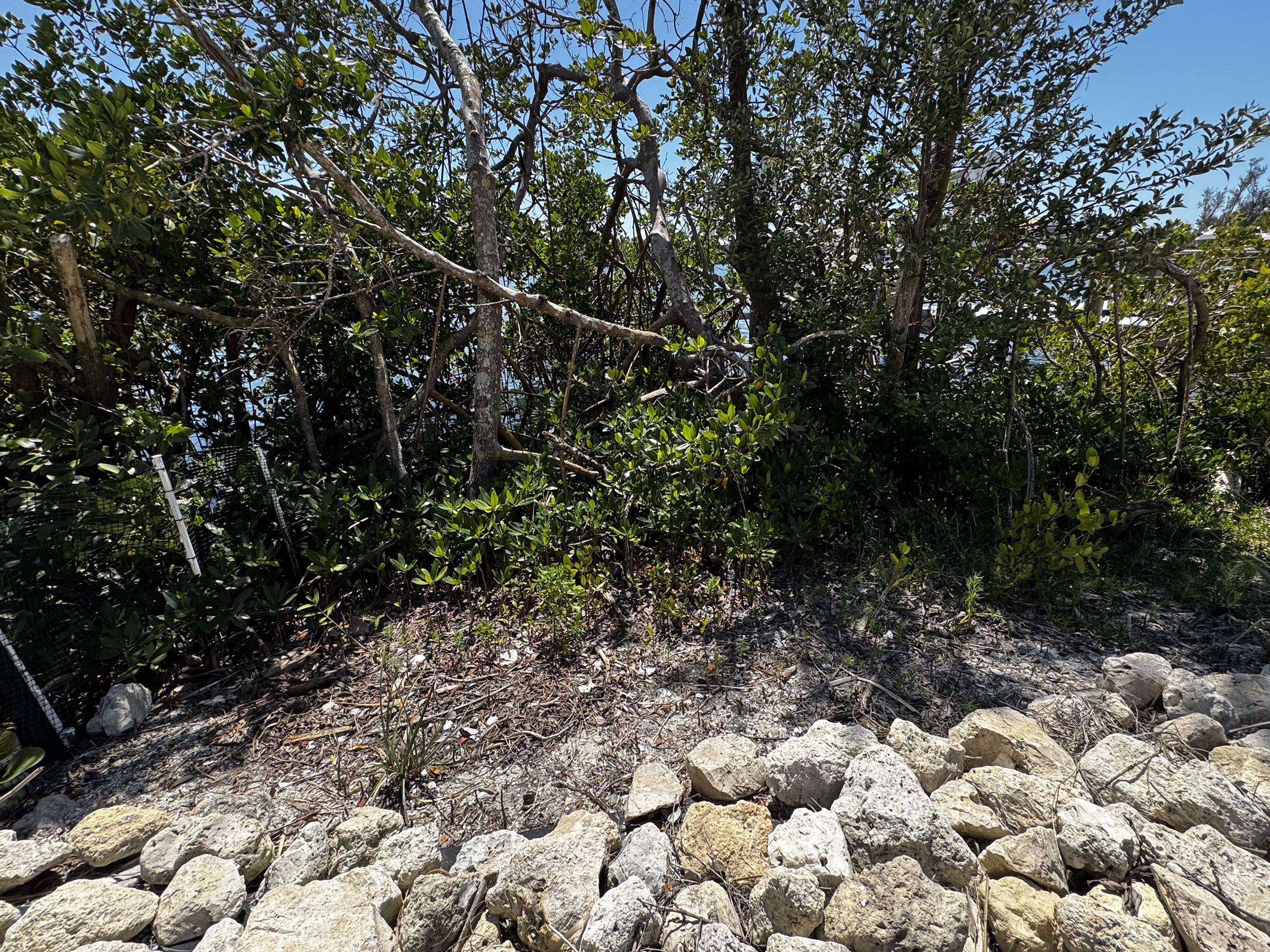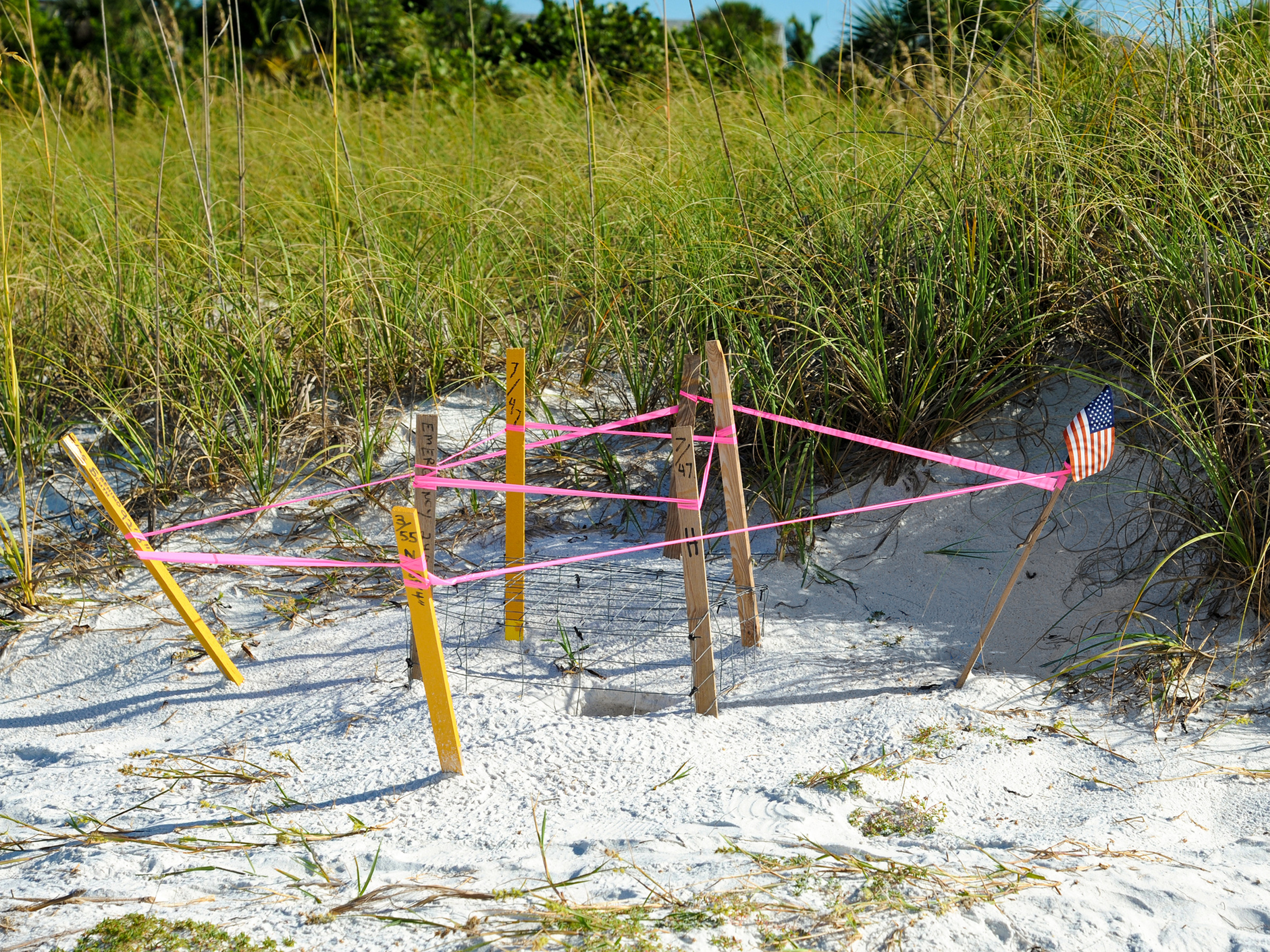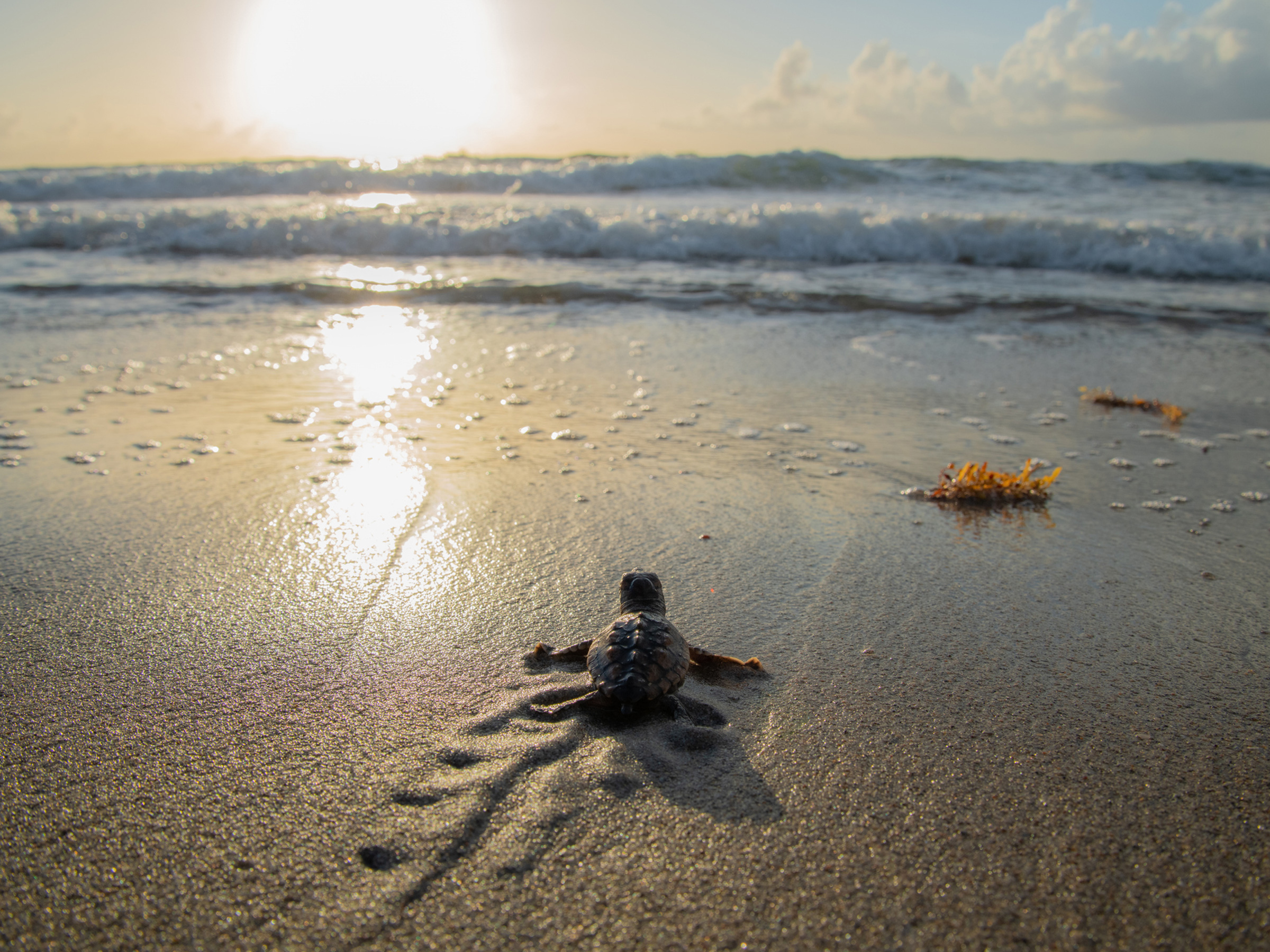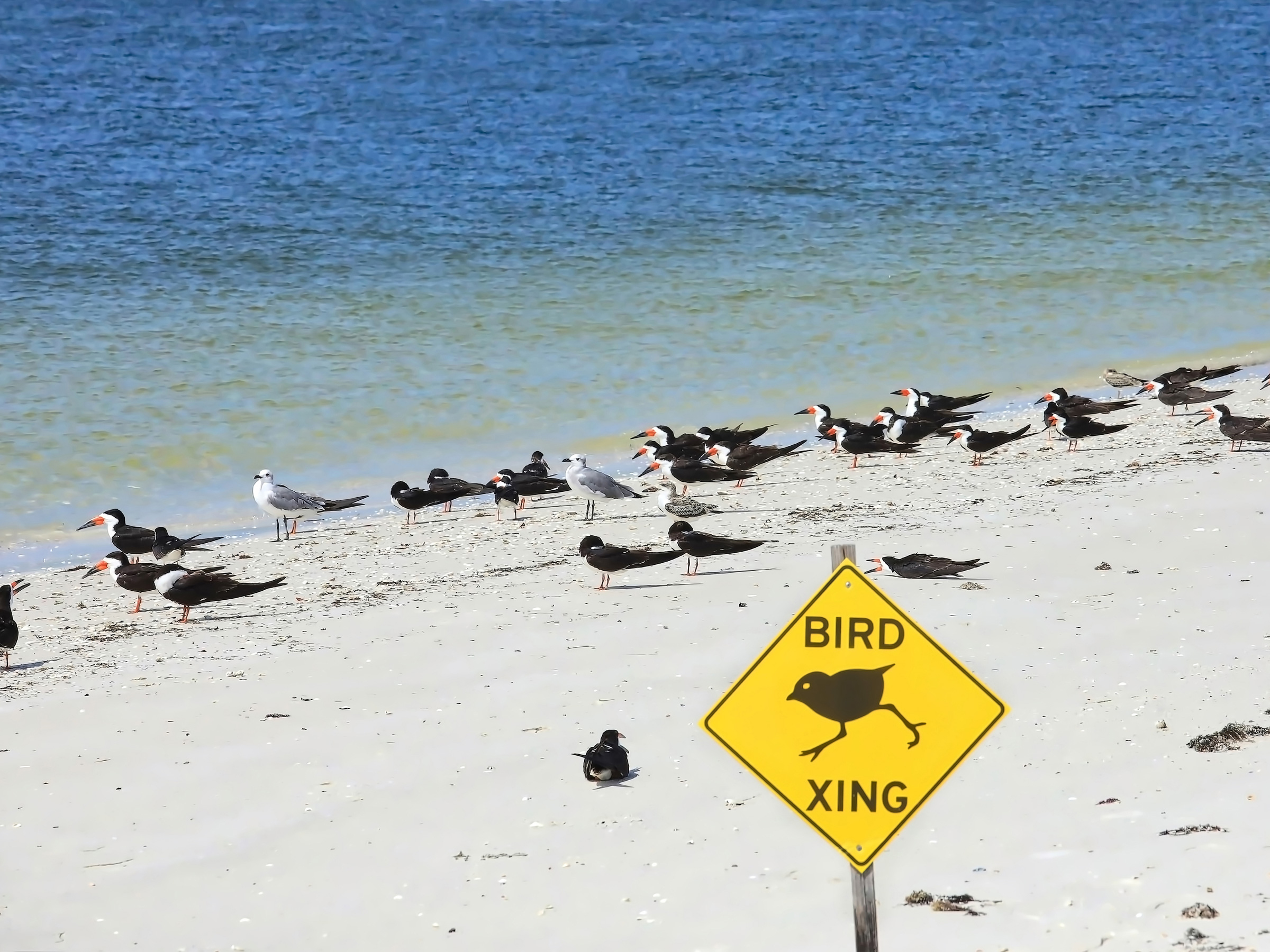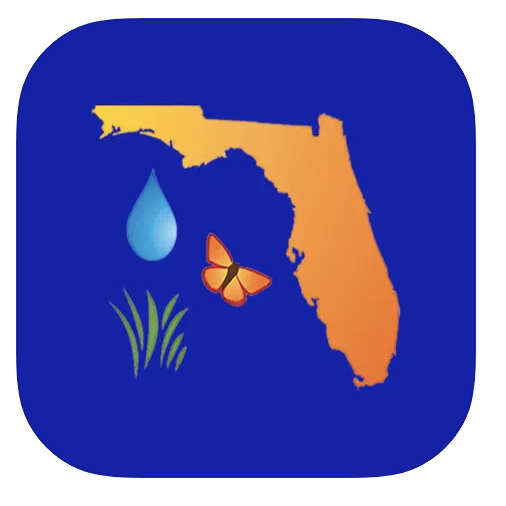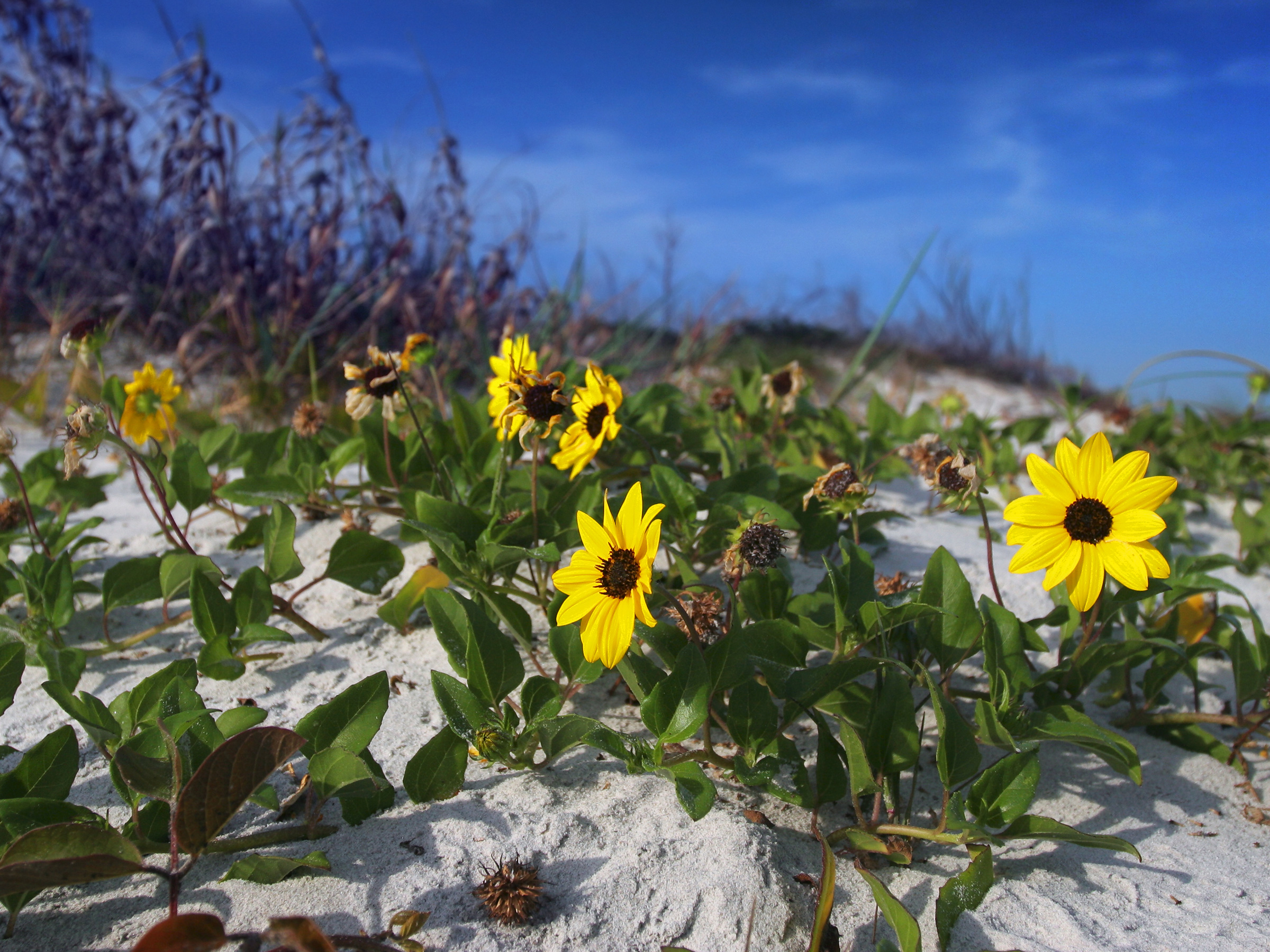Plants are essential for providing food and shelter for wildlife, and the choices you make in your yard significantly influence its value for birds, butterflies, and four-legged critters. Conducting a bit of homework can go a long way in creating a thriving ecosystem. Prioritize retaining the native plants already on your property, as they are well-suited to the site’s conditions. Preserving existing vegetation not only minimizes costs but also maintains vital wildlife habitats and reduces soil erosion during construction.
Root Out Invasive Species
Avoid planting noxious invasive species. Florida law prohibits the planting of Brazilian pepper, Australian pine, carrotwood, and melaleuca trees due to their detrimental effects on the ecosystem. These invasive plants crowd out native species, jeopardizing Florida’s biodiversity and even posing health risks through allergic reactions.
Aim for Diversity
Strive for a mix of trees, shrubs, ground cover, native grasses, and wildflowers. Planting large expanses of a single species (monocultures) increases the risk of disease and pest infestations. A varied landscape supports a healthier environment.
Consider Ground Cover
While shells and stones may seem low-maintenance, they often require herbicides to keep weeds at bay and provide no sustenance for wildlife. Opt for ground covers or landscape beds instead. They significantly reduce the need for fertilization, watering, and herbicide application. For low-maintenance alternatives, consider shore or blue juniper, which can serve as evergreen ground cover for septic fields. Surprisingly, slower-growing plants endure longer and demand less upkeep.
The Florida Friendly Plant Guide App (The App’s Name Is: FFL Plants) for your phone or desktop will give you current lists of Florida friendly plants, including ground cover, flowers, shrubs, climber vines, ferns, grasses, and palm trees.
Click Here To Learn More About Downloading the App
Charlotte County, Florida Friendly Landscaping Program Click Here To Learn More
Florida Friendly Landscaping (FFL) principles: Click Here To Learn More
